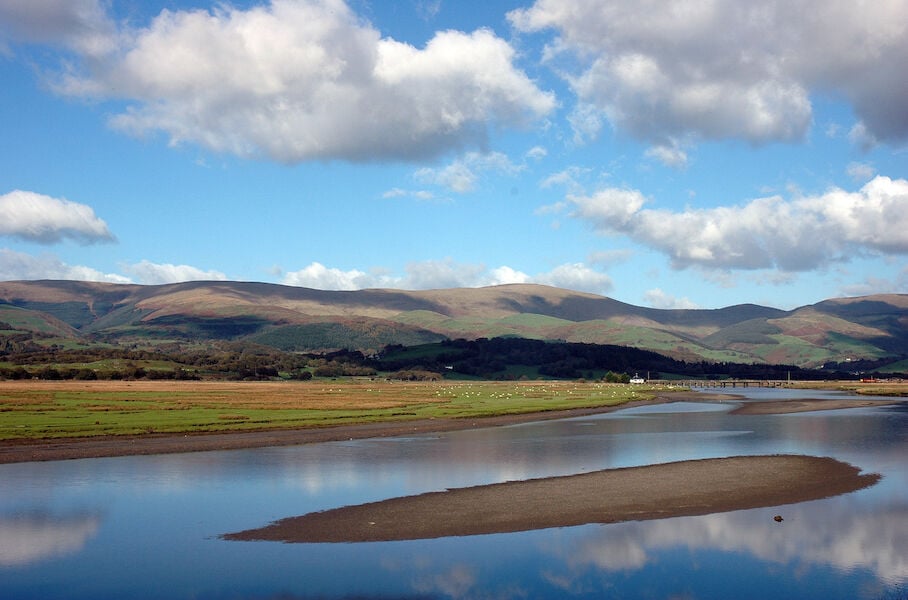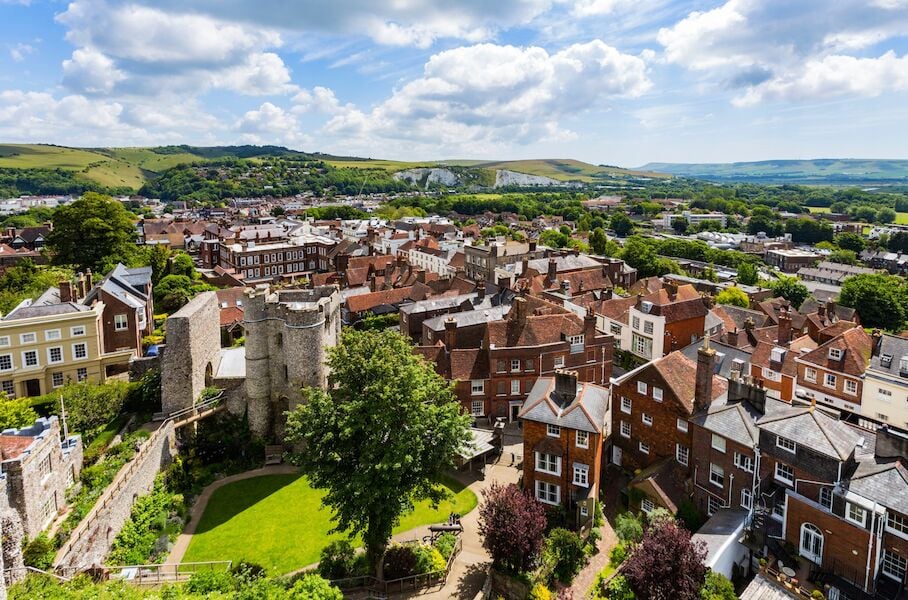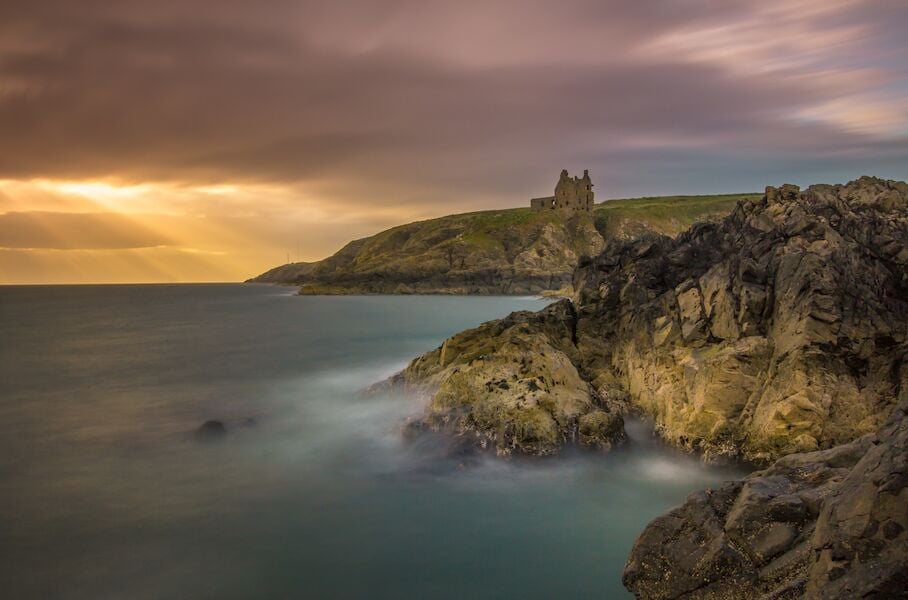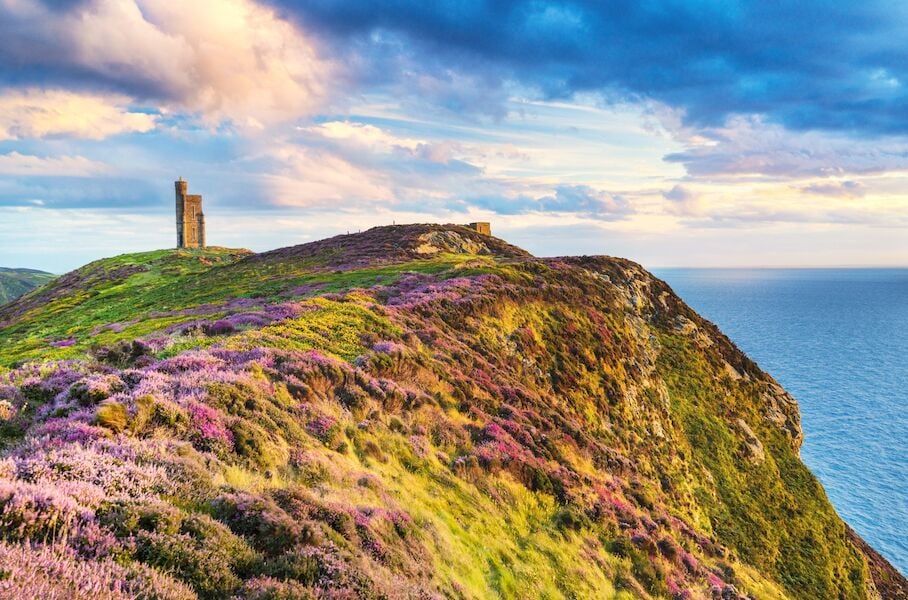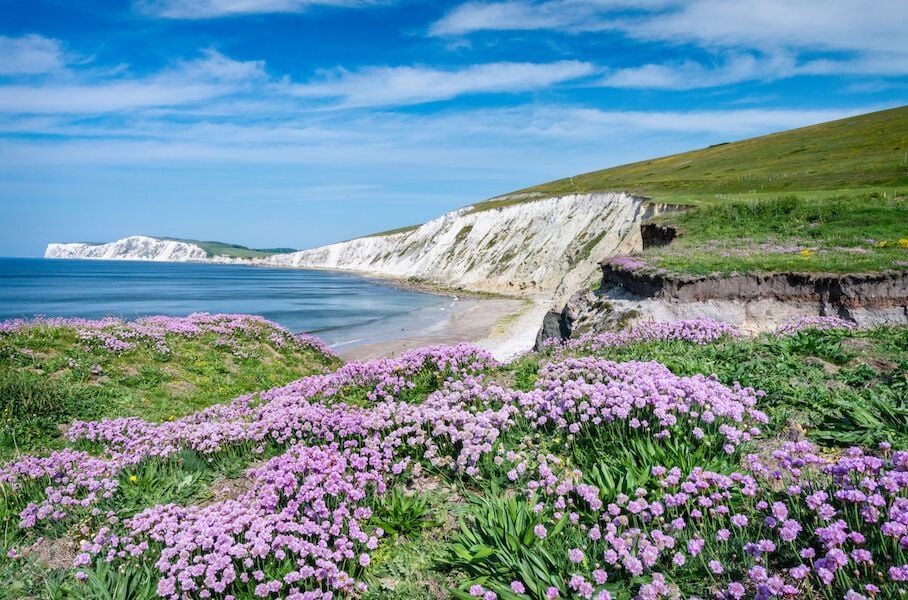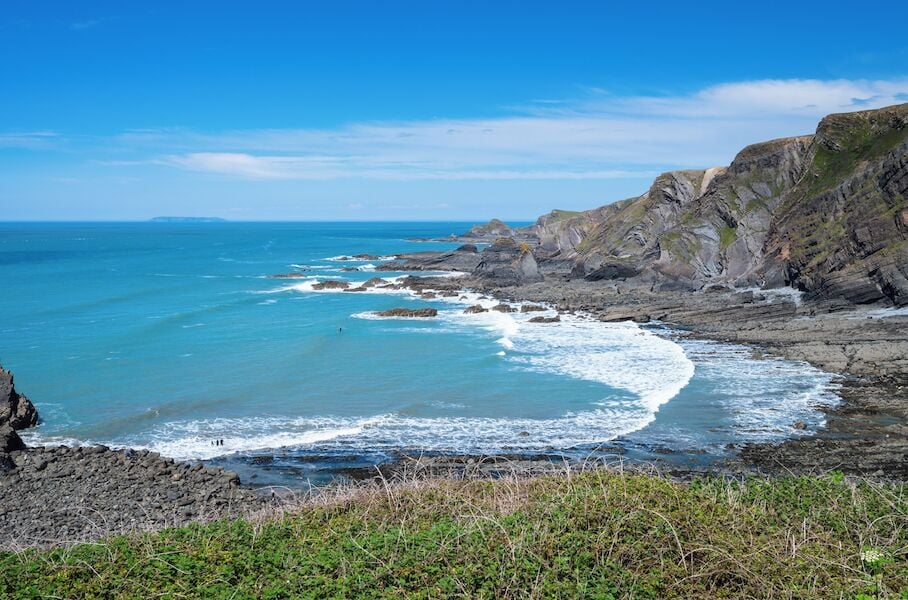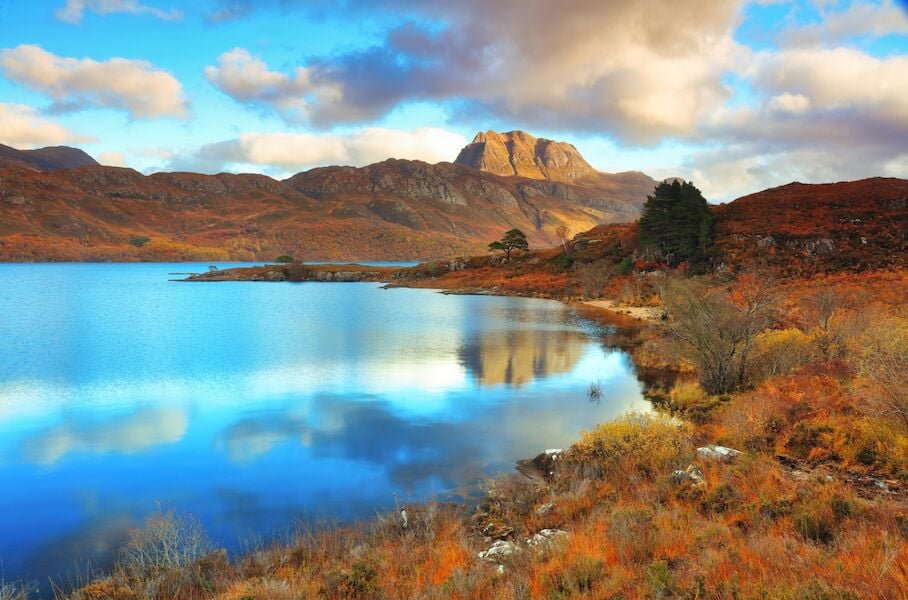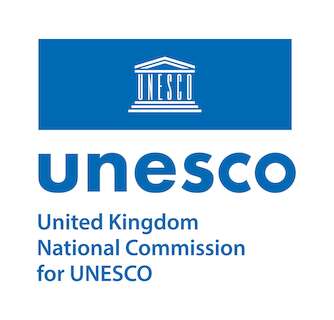UNESCO Biosphere Reserves in the UK and Crown Dependencies
UNESCO Biosphere Reserves (referred to as just ‘Biospheres’ in the UK and Crown Dependencies) are ‘learning places for sustainable development’, promoting and working towards a positive future by connecting people and nature. They are sites for learning and research, testing local solutions to global challenges, generating experience and innovation for a sustainable future.
The seven Biospheres in the UK and Crown Dependencies cover around 10% of the landmass, include marine areas and are home to 850,000 people. Covering over 300 Sites of Special Scientific Interest and 20 Marine Conservation Zones, they are at the forefront of the UK’s work to mitigate the effects of climate change, limit biodiversity loss and promote sustainable ways of living.
The Biospheres are embedded in their communities and connected to a dynamic and interactive global network of over 750 sites, helping to implement the UN Sustainable Development Goals in more than 125 countries.
Biospheres in the UK and Crown Dependencies are supported by the UK MAB National Committee, which manages the application of the global UNESCO Man and the Biosphere (MAB) Programme in these areas.

